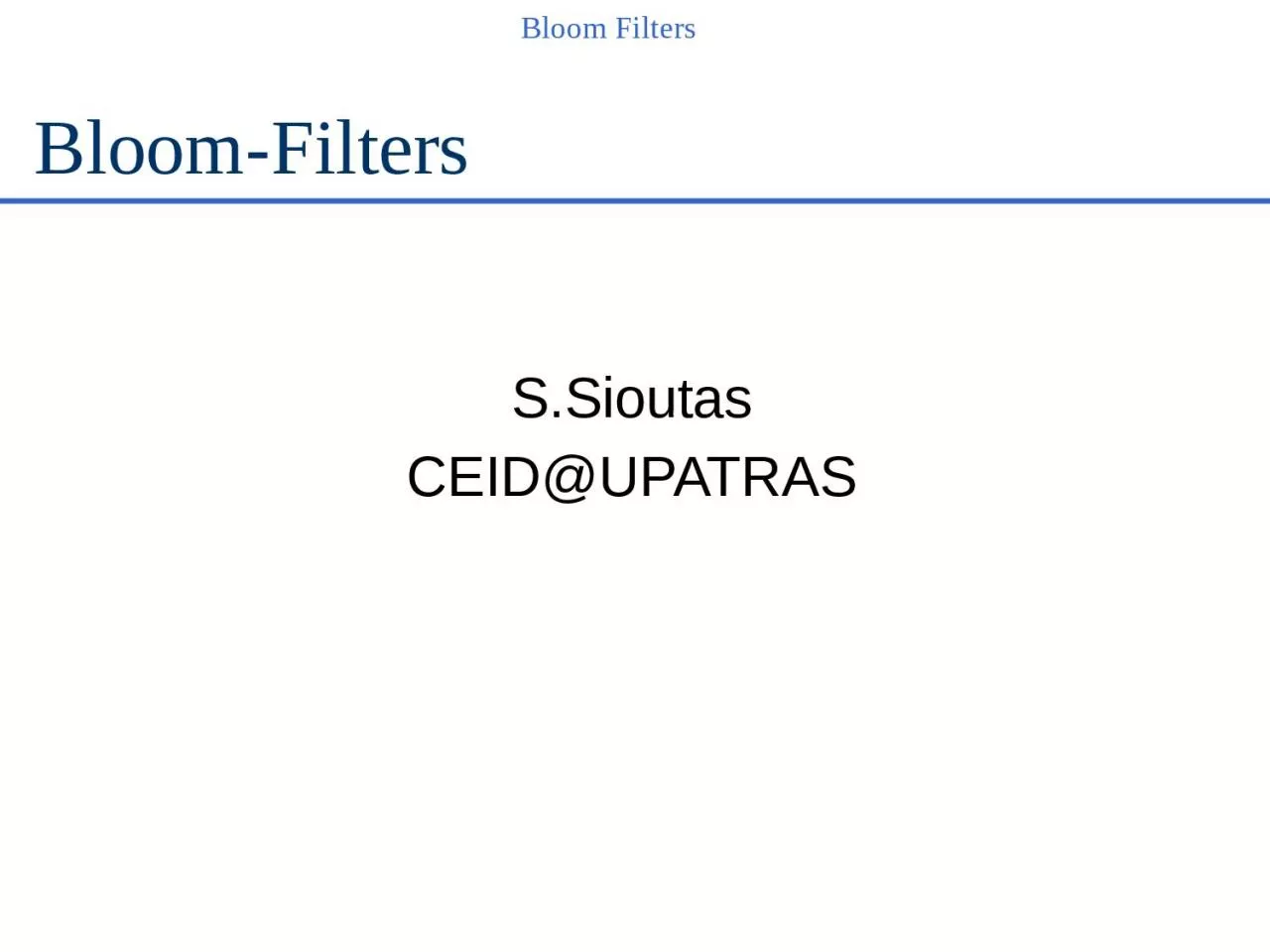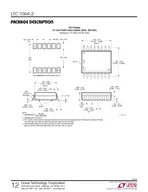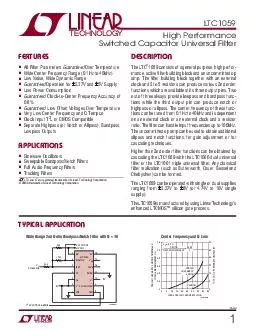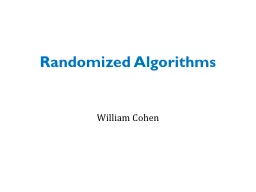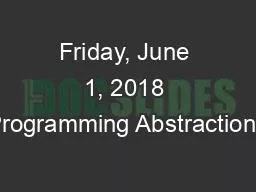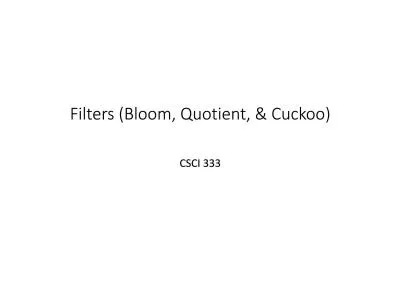PPT-Bloom-Filters S.Sioutas CEID@UPATRAS
Author : anastasia | Published Date : 2023-10-28
Bloom Filters Lookup questions Does item x exist in a set or multiset Data set may be very big or expensive to access Filter lookup questions with negative results
Presentation Embed Code
Download Presentation
Download Presentation The PPT/PDF document "Bloom-Filters S.Sioutas CEID@UPATRAS" is the property of its rightful owner. Permission is granted to download and print the materials on this website for personal, non-commercial use only, and to display it on your personal computer provided you do not modify the materials and that you retain all copyright notices contained in the materials. By downloading content from our website, you accept the terms of this agreement.
Bloom-Filters S.Sioutas CEID@UPATRAS: Transcript
Download Rules Of Document
"Bloom-Filters S.Sioutas CEID@UPATRAS"The content belongs to its owner. You may download and print it for personal use, without modification, and keep all copyright notices. By downloading, you agree to these terms.
Related Documents

